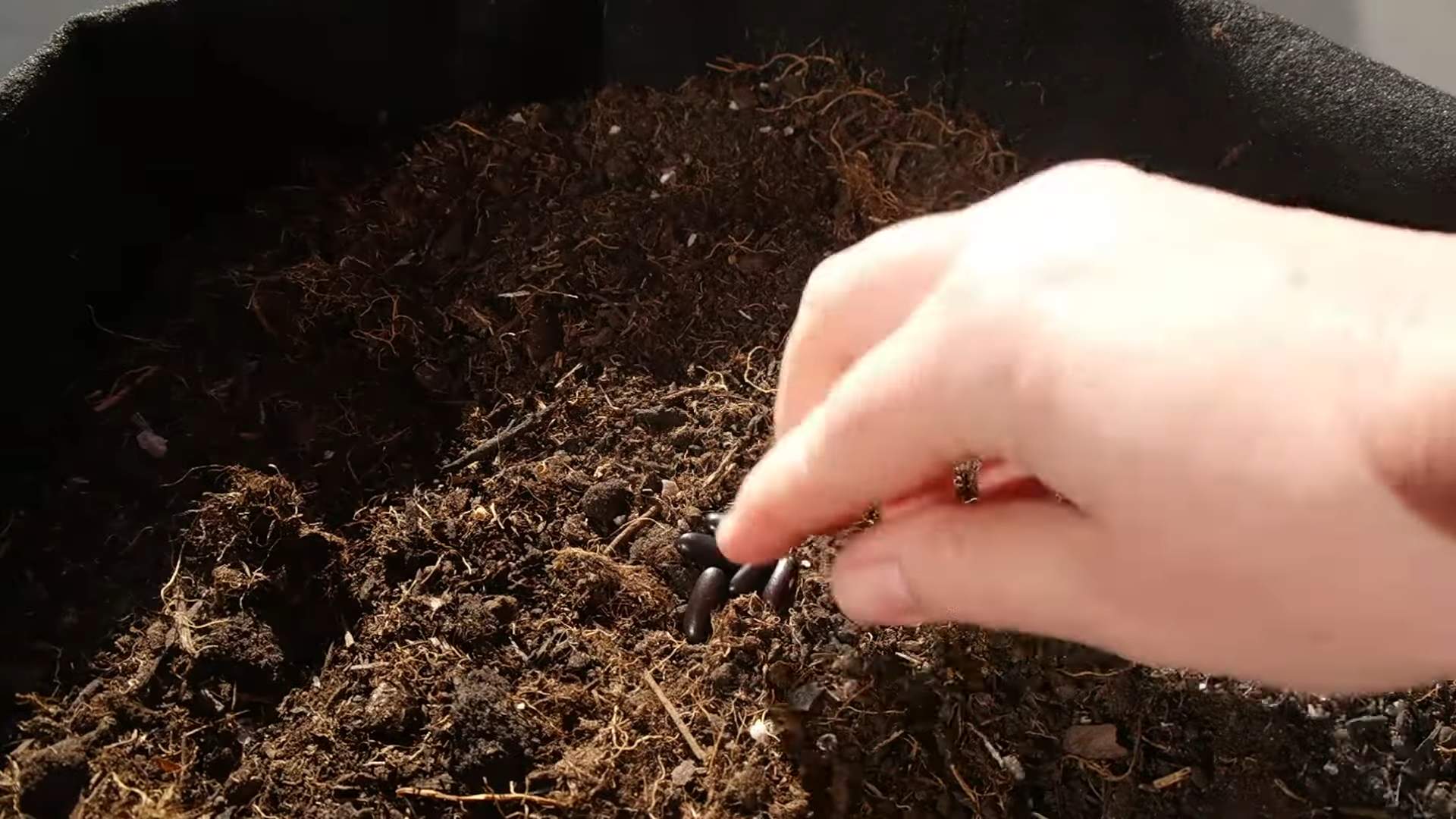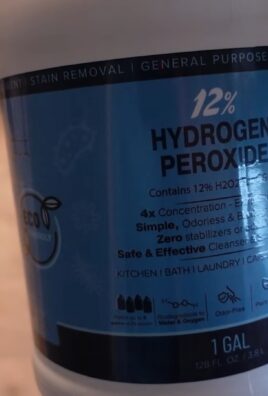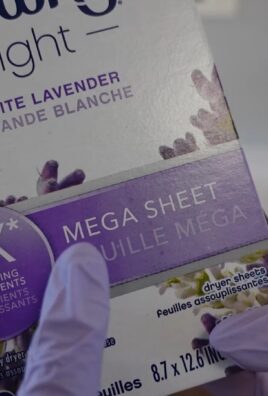Salt cleaning hacks – who knew something so simple could be so powerful around the house? I’m always on the lookout for easy, affordable ways to keep my home sparkling, and let me tell you, salt has become my new best friend! From scrubbing stubborn stains to freshening up tired appliances, this humble ingredient is a true multi-tasker.
Salt has been used for centuries, not just for flavoring food, but also for its incredible cleaning properties. Think back to ancient times – before fancy detergents, people relied on natural resources like salt to keep things clean and sanitary. It’s a testament to its effectiveness that we’re still discovering new uses for it today!
Let’s face it, nobody enjoys spending hours scrubbing away at grime. We all want quick, effective solutions that save us time and money. That’s where these salt cleaning hacks come in. I’m going to share some of my favorite DIY tricks that will help you tackle tough cleaning challenges with ease. Whether you’re dealing with a burnt pan, a stained sink, or a musty sponge, salt can help! Get ready to ditch those harsh chemicals and embrace the natural cleaning power of salt – you’ll be amazed at the results!

DIY Salt Cleaning Hacks: Unleash the Power of Sodium Chloride!
Hey there, fellow DIY enthusiasts! I’m always on the lookout for simple, effective, and budget-friendly cleaning solutions. And guess what? Salt, that humble kitchen staple, is a cleaning powerhouse! Forget those expensive, chemical-laden cleaners – salt can tackle a surprising number of household messes. Let’s dive into some amazing salt cleaning hacks that will leave your home sparkling!
Cleaning Cast Iron Pans with Salt
Cast iron pans are amazing for cooking, but cleaning them can be a pain. Soap can strip away the seasoning, and scrubbing too hard can damage the surface. Salt to the rescue! Its abrasive texture gently removes food particles without harming the pan.
What you’ll need:
* Coarse salt (kosher or sea salt works best)
* A clean, dry cloth or sponge
* A little bit of oil (vegetable, canola, or coconut oil)
Step-by-step instructions:
1. Scrape off excess food: After cooking, use a spatula or scraper to remove any large food particles from the pan.
2. Add salt: While the pan is still warm (but not hot!), pour a generous amount of coarse salt into the pan. The amount will depend on the size of your pan, but you want a layer that covers the bottom.
3. Scrub gently: Using a clean, dry cloth or sponge, scrub the salt around the pan in a circular motion. Apply gentle pressure to dislodge any stuck-on food. You’ll see the salt start to darken as it absorbs the grease and grime.
4. Rinse (optional): If the pan is particularly dirty, you can rinse it with a little warm water. However, try to avoid using soap if possible.
5. Dry thoroughly: This is crucial to prevent rust! Place the pan on the stovetop over low heat for a few minutes to dry it completely. You can also use a clean towel to dry it.
6. Season the pan: Pour a small amount of oil (about a teaspoon) into the pan and rub it all over the surface with a clean cloth. Make sure to get into all the nooks and crannies.
7. Heat the pan: Place the pan upside down in a preheated oven at 350°F (175°C) for about an hour. This will help the oil bake into the pan and create a protective layer. If you don’t want to use the oven, you can heat the pan on the stovetop over low heat until it starts to smoke slightly.
8. Let it cool: Allow the pan to cool completely before storing it.
Cleaning a Stained Coffee Pot or Mug with Salt
Coffee stains can be stubborn, but salt can help lift them away without harsh chemicals.
What you’ll need:
* Coarse salt
* Ice cubes (optional, but they help with the scrubbing action)
* Water
Step-by-step instructions:
1. Empty the coffee pot or mug: Make sure there’s no coffee or liquid left inside.
2. Add salt and ice: Pour a generous amount of coarse salt into the coffee pot or mug. Add a few ice cubes if you have them. The ice cubes will act as an abrasive and help to scrub the stains.
3. Add water: Add enough water to cover the stains.
4. Swirl and shake: Swirl the mixture around vigorously, or shake the coffee pot if it has a lid. The salt and ice will scrub away the stains.
5. Let it sit (optional): For stubborn stains, let the mixture sit for 30 minutes to an hour before swirling or shaking again.
6. Rinse thoroughly: Rinse the coffee pot or mug with warm water until all the salt is gone.
7. Dry: Dry the coffee pot or mug with a clean towel.
Unclogging a Drain with Salt
A clogged drain is a common household problem, and salt can be a surprisingly effective solution, especially for minor clogs.
What you’ll need:
* 1/2 cup of salt
* Boiling water
Step-by-step instructions:
1. Pour salt down the drain: Carefully pour 1/2 cup of salt down the clogged drain.
2. Pour boiling water down the drain: Immediately follow the salt with a pot of boiling water.
3. Wait: Let the mixture sit for at least 30 minutes, or even overnight for stubborn clogs.
4. Flush with hot water: After waiting, flush the drain with hot tap water for several minutes to clear away any remaining debris.
5. Repeat if necessary: If the drain is still clogged, repeat the process.
Important Note: This method is best for minor clogs caused by grease or hair. If the clog is severe or caused by a foreign object, you may need to use a plunger or call a plumber.
Cleaning a Greasy Oven with Salt
Cleaning a greasy oven can be a daunting task, but salt can make it a little easier.
What you’ll need:
* Salt
* Water
* Spray bottle
* Sponge or cloth
Step-by-step instructions:
1. Preheat the oven: Preheat your oven to 200°F (95°C).
2. Sprinkle salt: While the oven is preheating, sprinkle a generous amount of salt onto the greasy areas.
3. Wait: Let the salt sit in the warm oven for about 30 minutes. The heat will help the salt absorb the grease.
4. Spray with water: After 30 minutes, lightly spray the salt with water. This will create a paste.
5. Scrub: Use a sponge or cloth to scrub the greasy areas. The salt paste will help to loosen the grease.
6. Wipe clean: Wipe the oven clean with a damp cloth.
7. Dry: Dry the oven with a clean towel.
Important Note: Make sure the oven is not too hot when you sprinkle the salt, as it could burn.
Polishing Copper with Salt
Salt can be used to polish copper and bring back its shine.
What you’ll need:
* Salt
* White vinegar or lemon juice
* Soft cloth
Step-by-step instructions:
1. Make a paste: Mix equal parts salt and white vinegar (or lemon juice) to form a paste.
2. Apply the paste: Apply the paste to the copper item you want to polish.
3. Rub gently: Rub the paste onto the copper using a soft cloth.
4. Rinse: Rinse the copper item with warm water.
5. Dry: Dry the copper item with a clean towel.
Cleaning Cutting Boards with Salt and Lemon
Cutting boards can harbor bacteria and odors, but salt and lemon are a natural and effective way to clean and disinfect them.
What you’ll need:
* Coarse salt
* Lemon (cut in half)
Step-by-step instructions:
1. Sprinkle salt: Sprinkle a generous amount of coarse salt over the entire surface of the cutting board.
2. Scrub with lemon: Use the cut side of a lemon half to scrub the salt into the cutting board. Apply firm pressure and scrub in a circular motion. The lemon juice will help to disinfect the board, and the salt will act as an abrasive to remove stains and odors.
3. Let it sit: Let the mixture sit for 5-10 minutes.
4. Rinse: Rinse the cutting board thoroughly with warm water.
5. Dry: Dry the cutting board with a clean towel or let it air dry.
Cleaning Scorched Pots and Pans with Salt
Burnt food stuck to the bottom of a pot or pan? Don’t despair! Salt can help loosen the burnt residue.
What you’ll need:
* Salt
* Water
* Sponge or scraper
Step-by-step instructions:
1. Cover the bottom with salt: Pour a generous amount of salt into the scorched pot or pan, enough to cover the burnt area.
2. Add water: Add enough water to cover the salt and the burnt food.
3. Let it soak: Let the mixture soak for several hours, or even overnight for stubborn burns.
4. Scrub: After soaking, use a sponge or scraper to scrub away the burnt food. The salt will help to loosen the residue.
5. Rinse: Rinse the pot or pan thoroughly with warm water.
6. Wash as usual: Wash the pot or pan with soap and water

Conclusion
So, there you have it! This simple yet incredibly effective salt cleaning hack is a game-changer for anyone looking to maintain a sparkling clean home without resorting to harsh chemicals or expensive cleaning products. We’ve explored how the abrasive nature of salt, combined with its natural disinfecting properties, can tackle a wide range of cleaning challenges, from scrubbing stubborn grime off cast iron pans to revitalizing stained coffee mugs.
But why is this DIY trick a must-try? Firstly, it’s incredibly cost-effective. Salt is a pantry staple, readily available and significantly cheaper than most commercial cleaners. Secondly, it’s environmentally friendly. By using salt, you’re reducing your reliance on chemical-laden products that can harm the environment and potentially irritate your skin or respiratory system. Thirdly, it’s surprisingly versatile. As we’ve discussed, salt can be used on a variety of surfaces and for a multitude of cleaning tasks.
Beyond the Basics: Exploring Variations
Don’t be afraid to experiment with this salt cleaning hack to find what works best for you. Here are a few suggestions and variations to consider:
* **Salt and Lemon Power:** For extra cleaning power and a fresh scent, combine salt with lemon juice. The acidity of the lemon juice will help to break down grease and grime, while the salt provides the necessary abrasion. This combination is particularly effective for cleaning cutting boards and removing stains from countertops.
* **Salt and Vinegar Solution:** Vinegar is another natural cleaning powerhouse. Mixing salt with vinegar creates a potent solution for tackling tough stains and mineral deposits. Use this mixture to clean showerheads, faucets, and even your washing machine.
* **Salt Paste for Stubborn Stains:** For particularly stubborn stains, create a thick paste of salt and water. Apply the paste to the stain, let it sit for a few minutes, and then scrub gently. This method works well for removing rust stains and cleaning grout.
* **Essential Oil Infusion:** Add a few drops of your favorite essential oil to your salt cleaning mixture for a pleasant aroma and added antibacterial properties. Lavender, tea tree, and eucalyptus oils are all excellent choices.
* **Coarse vs. Fine Salt:** Consider the type of salt you’re using. Coarse salt is ideal for scrubbing tough surfaces, while fine salt is better suited for more delicate items.
Your Turn to Shine: Share Your Salt Cleaning Success!
We’re confident that once you try this salt cleaning hack, you’ll be amazed by the results. It’s a simple, affordable, and effective way to keep your home clean and healthy. So, ditch the harsh chemicals and embrace the power of salt!
We encourage you to try this DIY trick and share your experience with us. Let us know what you cleaned, what variations you tried, and what results you achieved. Your feedback will help us refine this guide and inspire others to discover the magic of salt cleaning. Share your stories and photos on social media using #SaltCleaningHacks and let’s create a community of happy, healthy, and sparkling clean homes!
Frequently Asked Questions (FAQ)
Q: Is salt safe to use on all surfaces?
A: While salt is generally safe for most surfaces, it’s always a good idea to test it in an inconspicuous area first, especially on delicate materials like polished wood or certain types of plastic. Avoid using coarse salt on easily scratched surfaces. For sensitive surfaces, opt for fine salt or a diluted salt solution. Remember that the combination of salt with other cleaning agents like vinegar or lemon juice may increase the potency of the solution and require extra caution.
Q: Can I use any type of salt for cleaning?
A: Yes, you can use most types of salt for cleaning, including table salt, sea salt, kosher salt, and Epsom salt. However, the texture of the salt will affect its cleaning power. Coarse salt is more abrasive and better for scrubbing tough stains, while fine salt is gentler and suitable for more delicate surfaces. Epsom salt, while technically a mineral compound, can also be used for cleaning, particularly for removing mildew and deodorizing.
Q: How do I clean a cast iron pan with salt?
A: Cleaning a cast iron pan with salt is a simple and effective way to remove food residue without damaging the seasoning. After cooking, while the pan is still warm, pour in a generous amount of coarse salt. Use a dry cloth or paper towel to scrub the pan, using the salt as an abrasive. Rinse the pan with hot water and dry it thoroughly. You may need to re-season the pan occasionally to maintain its non-stick surface.
Q: Can salt remove rust?
A: Yes, salt can help remove rust, especially when combined with lemon juice or vinegar. Create a paste of salt and lemon juice or vinegar and apply it to the rusted area. Let it sit for several hours or overnight, then scrub with a brush or scouring pad. Rinse thoroughly and dry. For stubborn rust, you may need to repeat the process.
Q: Is salt effective for cleaning drains?
A: Salt can be used to help clean and deodorize drains. Pour a cup of salt down the drain, followed by a cup of boiling water. Let it sit for a few minutes, then flush with cold water. This can help to dislodge minor clogs and freshen the drain. For more severe clogs, you may need to use a stronger drain cleaner.
Q: How can I use salt to clean my microwave?
A: Cleaning your microwave with salt is a quick and easy way to remove splatters and odors. Mix a tablespoon of salt with a cup of water in a microwave-safe bowl. Microwave on high for 5-10 minutes, allowing the steam to loosen the grime. Carefully remove the bowl and wipe down the interior of the microwave with a clean cloth.
Q: Can salt be used to clean grout?
A: Yes, salt can be used to clean grout. Make a paste of salt and water or salt and baking soda. Apply the paste to the grout lines and let it sit for a few minutes. Scrub with a grout brush or old toothbrush, then rinse with water. For stubborn stains, you can add a few drops of vinegar to the paste.
Q: How do I store my salt cleaning solutions?
A: Store your salt cleaning solutions in airtight containers in a cool, dry place. Label the containers clearly to avoid confusion. If you’re using a solution with lemon juice or vinegar, store it in a glass or plastic container, as these ingredients can react with metal.
Q: Are there any surfaces I should avoid cleaning with salt?
A: Avoid using salt on surfaces that are easily scratched, such as polished wood, delicate plastics, and certain types of stone. Also, avoid using salt on surfaces that are sensitive to moisture, as prolonged exposure to salt water can cause damage. Always test in an inconspicuous area first to ensure that the salt doesn’t damage the surface.
Q: Can I use salt to remove stains from clothing?
A: Salt can be used to help remove certain types of stains from clothing, such as blood, grease, and wine. For blood stains, soak the garment in cold salt water before washing. For grease stains, sprinkle salt directly onto the stain and let it sit for a few minutes before brushing it off. For wine stains, pour salt onto the stain to absorb the liquid, then wash as usual. Always test the salt on an inconspicuous area of the garment first to ensure that it doesn’t damage the fabric.





Leave a Comment